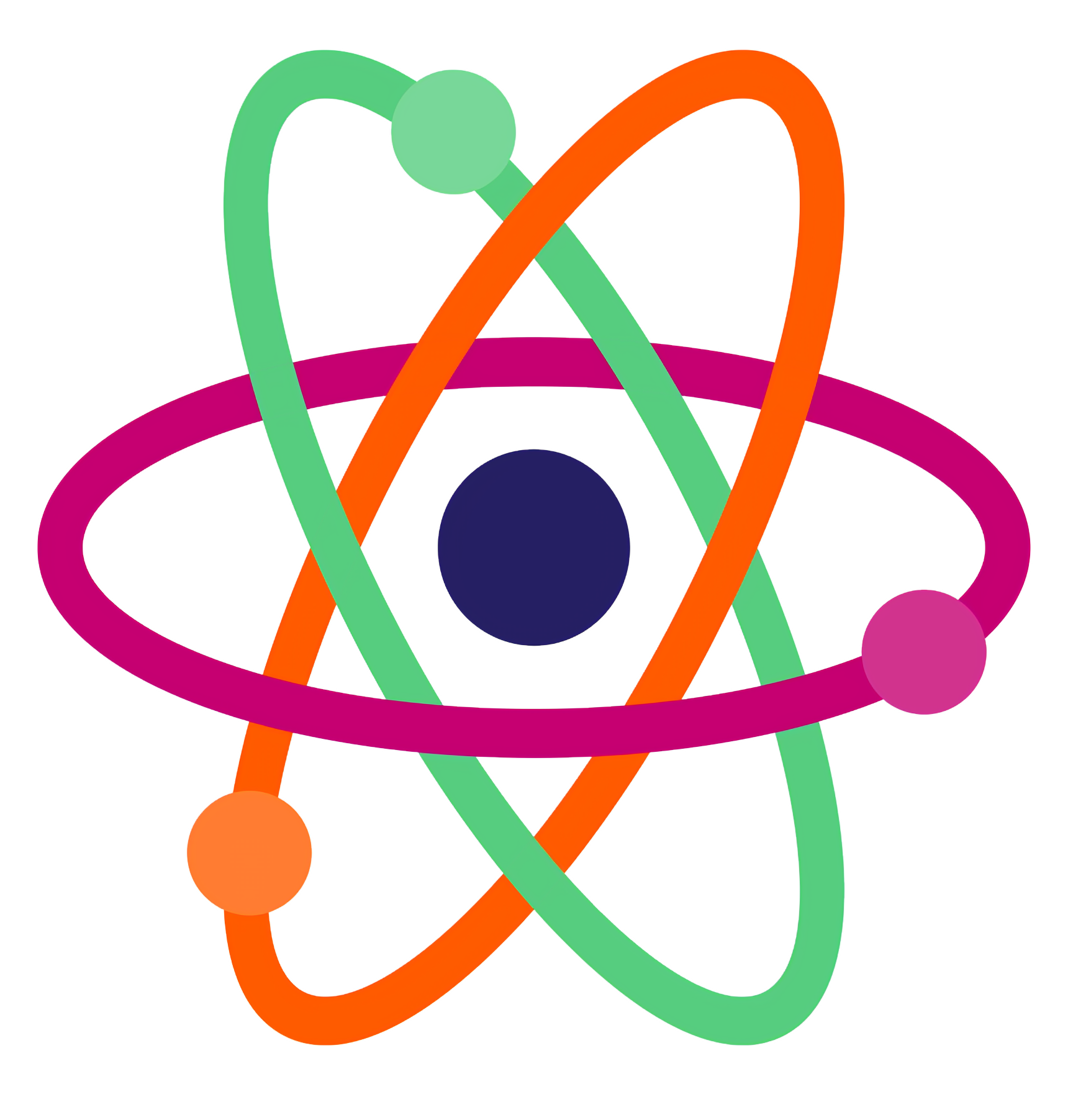Why It Is Important to Learn About Motions and Lengths
Learning about motions and lengths is like opening a window to understanding the world around us. From measuring the length of a pencil to observing how a bicycle moves, these concepts are part of our daily lives. In science, motions and lengths help us describe how things move and how big or small they are. For students, studying these topics, as we do in Chapter 5 of our Class 6 Science book, builds a strong foundation for understanding science, solving problems, and exploring exciting fields like engineering, astronomy, and even sports. Let’s explore why learning about motions and lengths is so important.
First, understanding lengths is essential because measurement is a part of everyday life. Imagine trying to buy cloth for a dress without knowing how much you need or building a table without measuring its size. By learning about standard units like metres, centimetres, and millimetres, we ensure that measurements are accurate and consistent everywhere. For example, a tailor uses a measuring tape to cut cloth precisely, and an engineer measures the length of a bridge to make it safe. In school, when we measure a notebook or a desk with a ruler, we practice skills that help us in practical tasks. Knowing how to measure lengths also helps us estimate, like guessing how many steps it takes to cross a playground, which makes us better at planning and problem-solving.
Second, studying motions helps us understand how things move in the world. Motion is everywhere—when a car speeds by, a fan spins, or a pendulum swings in a clock. By learning about types of motion, such as rectilinear (straight-line), circular, and periodic, we can describe these movements clearly. For instance, a cyclist moves in a straight line (rectilinear motion) while their wheels spin (circular motion). This knowledge is crucial in designing things like vehicles, roller coasters, or even robots. Understanding motion also connects to exciting discoveries, like how planets move around the Sun or how birds fly. By studying motion, we learn to observe patterns, predict outcomes, and appreciate the science behind our dynamic world.
Learning about motions and lengths also sparks curiosity and creativity. When we measure the length of a curved path using a thread or observe the back-and-forth motion of a swing, we start asking questions: Why does a ball roll faster on a slope? How far can a rocket travel? These questions lead to experiments and discoveries. For example, scientists use measurements to build telescopes that measure vast distances to stars, and they study motion to send satellites into space. In school, activities like measuring objects or identifying types of motion encourage us to think like scientists, making learning fun and interactive.
Moreover, these concepts teach us important life skills. Measuring lengths accurately requires patience and attention to detail, like aligning a ruler correctly to avoid errors. Observing motion helps us develop critical thinking, as we analyze whether an object’s movement is fast, slow, or repetitive. These skills are useful not just in science but in subjects like mathematics, geography, and even art, where precise measurements create beautiful designs. They also prepare us for future careers, whether we become architects measuring buildings, athletes understanding motion in sports, or astronomers studying the universe.
Finally, learning about motions and lengths connects us to the bigger picture of science and the universe. The same principles we use to measure a pencil apply to measuring the distance to the Moon, which is about 384,400 kilometres! Understanding motion helps us grasp how Earth spins and orbits, creating day and night. These ideas show us that science is not just in books but all around us, from the tiniest ant to the vast galaxy. By mastering these concepts, we become curious explorers ready to uncover the wonders of the world.
In conclusion, studying motions and lengths is vital because it equips us with practical skills, fuels our curiosity, and connects us to the wonders of science. Whether we’re measuring a table, observing a spinning top, or dreaming of space travel, these concepts help us make sense of our surroundings. They teach us to be precise, thoughtful, and creative, preparing us for a future full of possibilities. So, let’s embrace the study of motions and lengths, as it opens the door to understanding life and the universe in exciting new ways!
